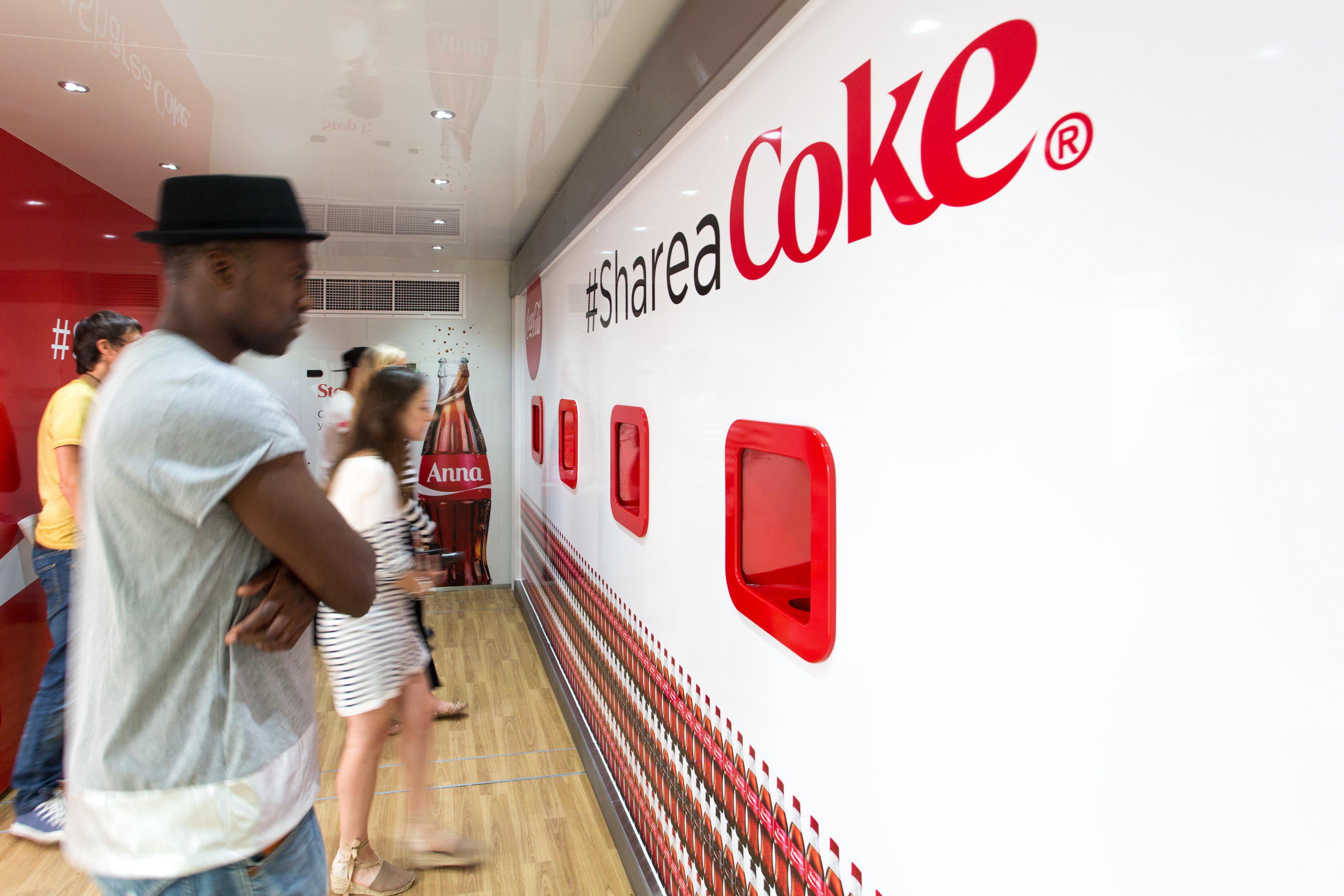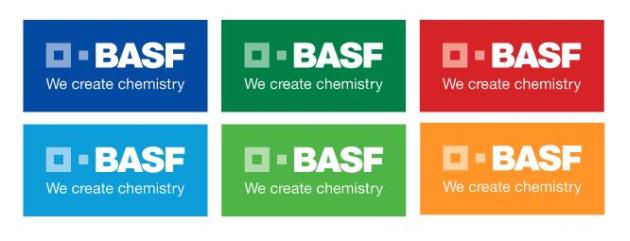Taking the path of least resistance and trying to accommodate all audiences and all of their needs, the “Yes” brand quickly becomes a replaceable commodity. We know this, but it is difficult to escape. Two defining characteristics of a Yes brand is that they do not have a clear vision of what they stand for and are even foggier when it comes to who their ideal target audience is. They lack a clear value proposition, and because of this, they keep taking left turns. It’s okay; we all do it.
The remedy is in becoming a Challenger brand. A Challenger brand has 4K HD clarity on what they stand for and who their target audience is - not just by age and income brackets, but as human beings. They know what makes their customers tick, what’s important to them outside of their own offer, and how they make decisions. In a previous article on creating authentic brand engagement, we refer to these motivators as attitudinal preferences.
Equipped with this deeper level of understanding, Challenger Brands can insert themselves in the midst of conflict and challenge their audience to make progress towards their aspirational selves. The brand's value proposition becomes much more compelling and as a result, helps them increase brand awareness.

Coca-Cola: B2C Challenger Brand
Originally marketed as a “nerve tonic” in the late 1800s Coca-Cola tapped into societies rapidly growing sense of anxiety that came along with a rapidly growing economy. On a personal level, that “nerve tonic” was meant to help people achieve their fuller selves (of course, in hindsight, cocaine may not have been the best way to do so). Coca-Cola tapped into societal trends again with their “Share a Coke” campaign, which we’ve written about here.
BASF: B2C Challenger Brand
With 150 years of experience, BASF launched the “We create chemistry” campaign. The campaign addresses that today’s solutions are endangering the future. It focuses on quality of life, food and nutrition, and resources, environment, and climate issues. The essence is summed up in the slogan, “How can you make tomorrow love today?” BASF is taking on societal woes and challenging its customers to be part of the solution while BASF takes on a leadership role.

It’s important to note that in both of these examples, the organizations are inserting themselves into challenging societal trends.
Challenging your customers forces them to make a decision, to make an emotional commitment, to buy into your brand vision. The only way a customer will do such a thing is if they see themselves in that vision.
"Yes" Brands only ask for a financial commitment, and then try to create emotional ties by providing strong customer service. While customer service can be helpful in building relationships, it does not lead the customer to aspire to reach a higher level than where they are today. It does not help a company move towards their business goals, and it does not help consumers move towards their aspirational selves. The behavioral cost for Yes Brands is so low that they are easily replaced with competitors.
When organizations have a clear value proposition, their audience’s attitudinal preferences, and the broader social context, they can tap into opportunities that others will miss. What's exciting about Challenger brands is that they are not afraid to insert themselves in the midst of conflict and help close the gap between where companies or people are today and their aspirational state tomorrow. They can better their customer and by doing so increase brand awareness.
